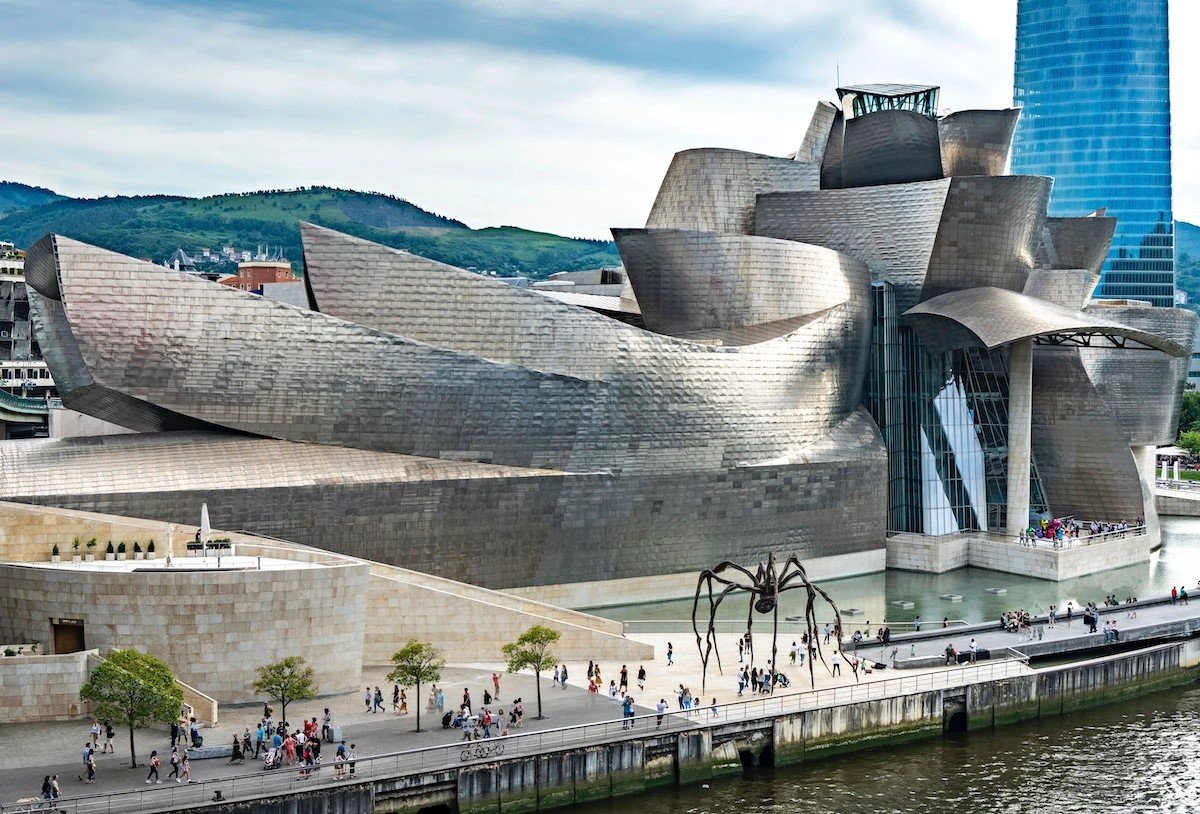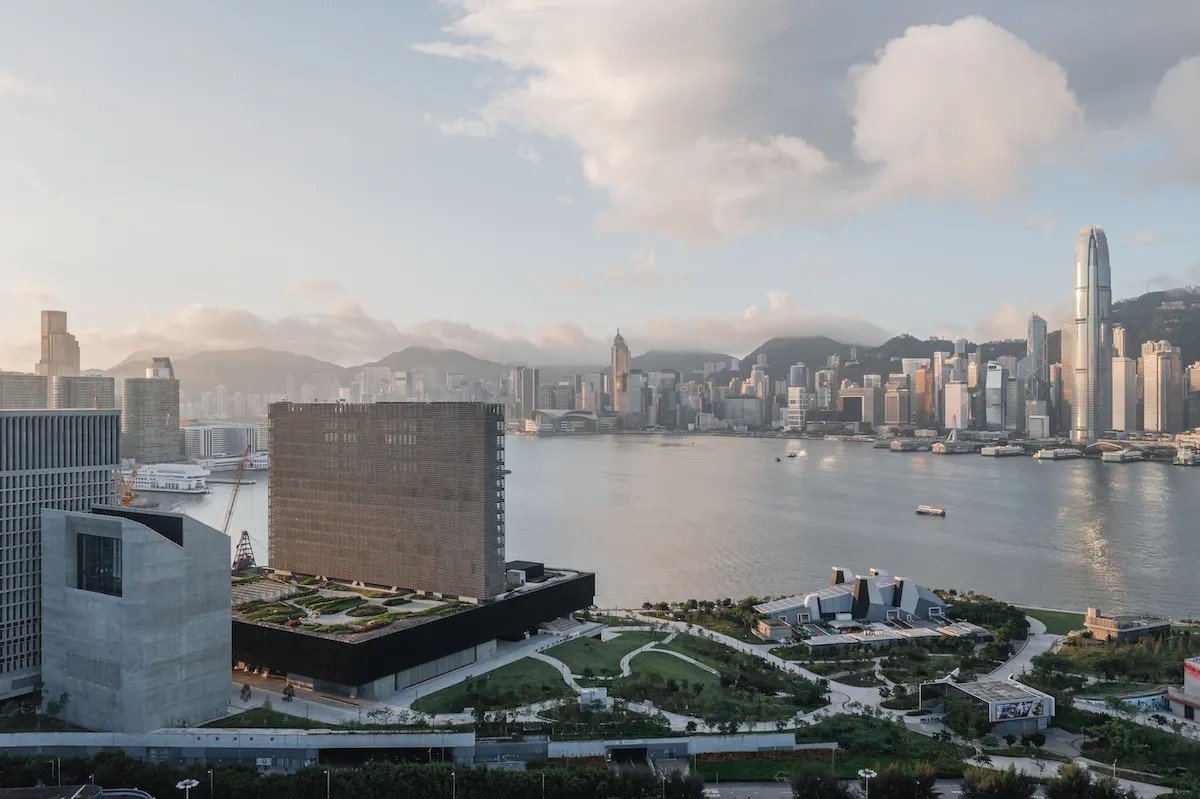Cultural Renewal: How M+ Helped to Re-establish the Hong Kong Art Market
Modern cities often look to the arts for cultural renewal; think SoHo in the 1950s. As artists are pushed to the outskirts, the building of new galleries, collectives and studios soon follows. In other metropolises, museums are specifically inaugurated by government incentives to regenerate an area. Most obviously, this has occurred in Bilbao with the Guggenheim. This brings to question: what does government incentivised renewal look like for a dominant art market? M+, Hong Kong’s newest museum, has done just that, becoming a beacon of cultural renewal and re-establishment of Hong Kong’s commanding global art market reputation.
Thomas Struth, Crosby Street, Soho, New York, 1978. Gift of Henry S. Hacker, 1982, the Metropolitan Museum of Art. Image Courtesy of the Metropolitan Museum of Art.
Artists are often at the forefront of local cultural development. Historically, artists have helped foster dynamic areas known for establishing artist’s studios, hip galleries and creating new collectives. A prominent example of this is SoHo, New York City. In the 1950s, artists were pushed out of Midtown Manhattan into Lower Manhattan, where they experienced cheaper rent and larger spaces. At the time, SoHo was known for decaying industrial complexes. Artists overtook the area by opening galleries and studios, transforming it between 1960 to 1980 into the glamorous, upper-class SoHo known today. [1] This phenomenon is known as cultural renewal.
Cultural renewal can take place via grassroots, as it did in SoHo, or by the incentive of governments. As stated by the UK Government, this process has been recognised as “cultural activity… [acting] as the catalyst for regeneration. This typically includes a large cultural investment, such as a new museum, or a large programme of activity, like an annual festival or year of cultural events”. [2] In other words, an investment is made to provide new cultural activity and can increase the economy of a specific area. This can result in increased tourism and job creation. [3]
A touted example of government-backed cultural renewal took place in Bilbao, Spain, with the opening of the Guggenheim Museum. In the 1990s, Bilbao was racked with crime and rotting industry. Recognising the increasing prominence of this issue and its impacts on the area, in 1991, the Basque government approached the Solomon R. Guggenheim Foundation with a proposition to fund a Guggenheim museum built in Bilbao's once-thriving port. [4] After several years of development, which included enlisting the renowned architect Frank Gehry to design the space, the museum opened in 1997. Over the next twenty years, the museum attracted 19 million visitors, with 70% coming from outside Spain. Due to the effort required to visit the exciting museum and its artistic treasures, tourists would often stay in Bilbao overnight and make a weekend trip out of the experience. This, in turn, helped spur the hotel industry not only in Bilbao but across the Basque Country. The Guggenheim now generates about $400 million per year, showing just how impactful a new museum can be. [5]
The Guggenheim Bilbao. Photo Frank Rumpenhorst/Picture-Alliance/DPA/AP Images. Image. Courtesy ArtNews.
Hailed as the “Bilbao Effect” - a term that is a testament to the success of this renewal plan - museum-led cultural renewal continues to take place twenty-plus years later. Interestingly, governments are utilising this effect to regenerate whole cities not only economically, but also reputationally. Here is where M+ comes into play.
Opened in Hong Kong in 2021, M+ came at a crucial time for the financial hub. The COVID-19 pandemic impacted Asia heavily; almost 12% of global deaths resulting from COVID-19 were isolated to the region. [6] Hong Kong implemented a myriad of restrictions and only removed all quarantine restrictions on January 30, 2023, and outdoor mask-wearing requirements on March 1, 2023. [7],[8] Initially, these restrictions were cause for concern. Hong Kong is indisputably the centre of the art market in Asia; all major auction houses have Asian bases in Hong Kong. The city also hosts Art Basel every March, houses the second-largest Contemporary art market in the world and accounts for about USD 1.7 billion in annual turnover. [9],[10] The impact of COVID-19 on Hong Kong’s art market, and therefore a meaningful portion of Asia’s art market, had the potential to be extremely significant.
A patient and her relative wearing personal protective equipment wait outside the Accident and Emergency department, following the coronavirus disease outbreak, in Hong Kong, China March 4, 2022. REUTERS/Tyrone Siu. Image. Courtesy Reuters.
At the same time, Hong Kong experienced a period of material, political change that left the art world uncertain about the city and, therefore, the future of Asia. This began in April 2019, when political powers in Hong Kong were considering legalising the extradition of Hong Kong criminal suspects to Mainland China. [11] Although the law was eventually scrapped, protests and resulting violence escalated as local Hong Kongers felt a shift in the city’s autonomy. With the advent of COVID-19 soon after, the Hong Kong government banned protesting as a health and safety measure. [12]
Alongside this, the People’s Republic of China National People’s Party implemented The National Security Law in June 2020. [12] This law criminalised secession from China, undermining China’s power of authority and its collaboration with foreign forces, along with sixty-three other articles that can result in life in prison. Following this, the majority pro-democracy party was expelled from Hong Kong’s local councils, with many being convicted under the new law and criminally indicted. [13] This dramatic political shift, combined with the impact of COVID-19, left the city in a suspended state, with many international art communities uncertain about the future of the city’s market.
Hong Kong demonstrators in 2019. Image. Courtesy Amnesty International.
With the global art market uncertain and new market entrants challenging Hong Kong’s art market authority, such as Singapore and South Korea, it was crucial for Hong Kong to prove and retain dominance. Thus, the longstanding project of M+ could not have been completed at a better time. The museum's opening was many years in the making; in 2010, the architecture firm Foster + Partners proposed that M+ be the centre of “a thriving urban quarter connecting to Kowloon and Victoria Harbour”, known as the West Kowloon Cultural District. [14] In June 2013, Herzog & de Meuron was selected as the architect for the M+ building. The building broke ground in 2014 and opened its doors to the public in 2021. [14]
Interior rendering of the M+ museum. Image. Courtesy Herzog & de Meuron and WKCDA.
Keeping this recent social and political context in mind, M+ was certainly necessary to culturally renew Hong Kong. But the reasons for this are very unlike that of Bilbao. The West Kowloon Cultural District looks over the Hong Kong Island skyline, is a few minutes walk to the mass transit railway and the legendary Star Ferry (linking Hong Kong Island to West Kowloon) and is surrounded by large malls and expensive hotels. Unlike Bilbao, this area of Hong Kong was not in need of economic renewal by the catalyst of culture. It was already a popular tourist spot and home to thousands of offices, shops, restaurants and hotels. Instead, M+ brought a new type of cultural renewal to the city: reputation.
M+ ambitiously aims to become “the city’s first institution devoted exclusively to the visual culture of the twentieth and twenty-first centuries”. [14] Establishing a new, contemporary museum showcasing groundbreaking art was exactly what the city needed for its image as a global cultural hub. Although Hong Kong is clearly a dominant player in the global art market, the city is not actually home to too many institutions outside of economic generators, such as auction houses and galleries. The small subsect of museums focuses on Chinese heritage, such as the Sun Museum or the Hong Kong Museum of Art. Generally, innovative activity was left to galleries, leaving museums on the outskirts of cultural society. Concurrently, tourism largely revolved around shopping and dining. Thus, a contemporary museum was much needed in Hong Kong to continue drawing tourism and promoting its image as an inventive player in the art market, especially in Asia, given the rise of competition.
M+ museum overlooking the Hong Kong Island skyline. © Virgile Simon Bertand. Courtesy Herzog & De Meuron.
Locals have hailed the institution thus far. Managing Partner for Hauser & Wirth Asia, Elaine Kwok, said, “I feel very fortunate that my children will be growing up in a Hong Kong where the cultural life has become much richer than for my generation. I cannot wait for tourists from all over the world to come to Hong Kong and discover all that West Kowloon has to offer – the visitors have always known Hong Kong for our dynamic energy… now there is a new cultural dimension to their visit”. [15] Although M+ has been open for two years, only now are tourists returning to Hong Kong post-COVID-19 due to the relaxation of restrictions. It is yet to be seen if M+ will have the same impact on tourists as it does on locals. Suhanya Raffel, M+ museum director, said, “This landmark museum… has established our vision – to build a global museum culture in Hong Kong, as a new kind of public institution that reflects our unique time and place and looks at the world from a Hong Kong perspective. I believe that the future history of the art museum will be rewritten to a significant degree in Asia, with M+ crystallising this ambition”. [15]
Footnotes:
Shkuda, Aaron. “The Lofts of SoHo”. Chicago: University of Chicago Press, 2016.
Douglass, Gordon and Nick Ennis. “Working Paper 48: Culture and regeneration”. London: Greater London Authority, 2011.
United Kingdom Local Government Association. “Culture-led regeneration case studies”. Accessed August 9, 2023.
The Guggenheim Museums and Foundation. "About Us". Accessed August 9, 2023.
“The Bilbao effect: How 20 years of Gehry's Guggenheim transformed the city”. BBC, October 16, 2017.
“Asia-Pacific countries have managed COVID-19 crisis relatively well but major challenges remain in low-middle-income countries,” Organisation for Economic Co-operation and Development, last modified November 11, 2020.
Kathryn Armstrong, “Hong Kong to scrap almost all its Covid rules,” BBC, December 28, 2022.
Kari Soo Lindberg, “Hong Kong to Remove Mandatory Quarantine for Covid Infections,” Bloomberg, January 19, 2023.
“Hong Kong: where art thrives.” Hong Kong Economic and Trade Office, last accessed April 14, 2023.
ArtPrice, Art Market Report 2021, ArtPrice, 2021.
“The Hong Kong Protests Explained in 100 and 500 Words,” BBC, November 28, 2019.
Hong Kong Special Administrative Region, The People’s Republic of China National People's Congress, The Law of the People’s Republic of China on Safeguarding National Security in Hong Kong Special Administrative Region, Basic Law Article 23, Enacted June 30, 2020.
Human Rights Watch, “Hong Kong: Prominent Democracy Advocates Arrested,” Human Rights Watch, May 13, 2022.
M+ website. “The Building History”. Accessed August 9, 2023.
Marriott Bonvoy. “Why West Kowloon has become an emblem of cultural renewal in Hong Kong.” Financial Times, accessed August 9, 2023.
Megan Brown
Art Markets Co-Editor, MADE IN BED







